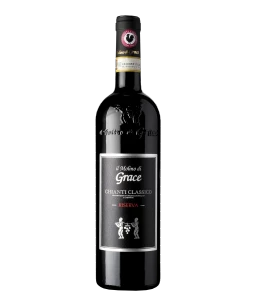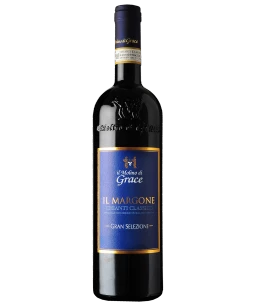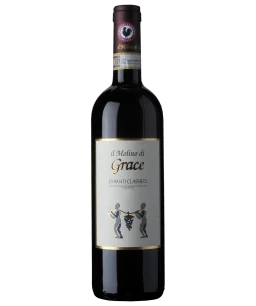Il Molino di Grace
Frank Grace acquired this estate in 1995 after holidaying in Tuscany with his wife and having fallen for the charm of this idyllic region.
No surprise given his origins in the state of Ohio, with nothing special and dominated by steel production. After major renovation and a partial replanting of the vines in 1999, the winery reopened its doors under the direction of Gerhard Hirmer, with Franco Bernabei, a well known figure in Italy, as winemaker. Marketing is left to Tim, Frank's son, and success has not been long in coming: in 2004 the Gambero Rosso guide raised expectations and in 2005 Decanter designated the estate one of the 25 best in Italy.
Il Molino di Grace, a historic old windmill, marks the entrance to the estate ('tenuta') a few kilometres south of Panzano amongst the hills of Chianti Classico. Sangiovese naturally plays the main role on the 14 hectare site at an altitude of 280 to 450 metres. Pockets of Cabernet Sauvignon, Merlot, Syrah and Canaiolo round out the complement of varietals. The oldest vines planted 55 years ago are reserved for the Gratius, the flagship wine made exclusively from Sangiovese grown on a soil called Gastestro, the best in Chianti, composed of clay-limestone marl and pebbles.
The viticulture adopts natural methods where possible, avoiding chemical fertilisers, herbicides and pesticides. The winemaking extends this approach with respect for indigenous yeasts and as little intervention as possible, and ageing is done in wood that integrates well with the structure of each wine. Most of the wines are not filtered, which can mean some sediment on ageing, leaving a rugged wine of full intensity and guaranteeing greater longevity. Here we present the Chianti Classico, a wine free of chic and fad but as it should be: honest, reliable and open. And that's why it finds friends even among the most sceptical of wine lovers.
Red wines from Il Molino di Grace
Delicatessen from Il Molino di Grace
from Il Molino di Grace
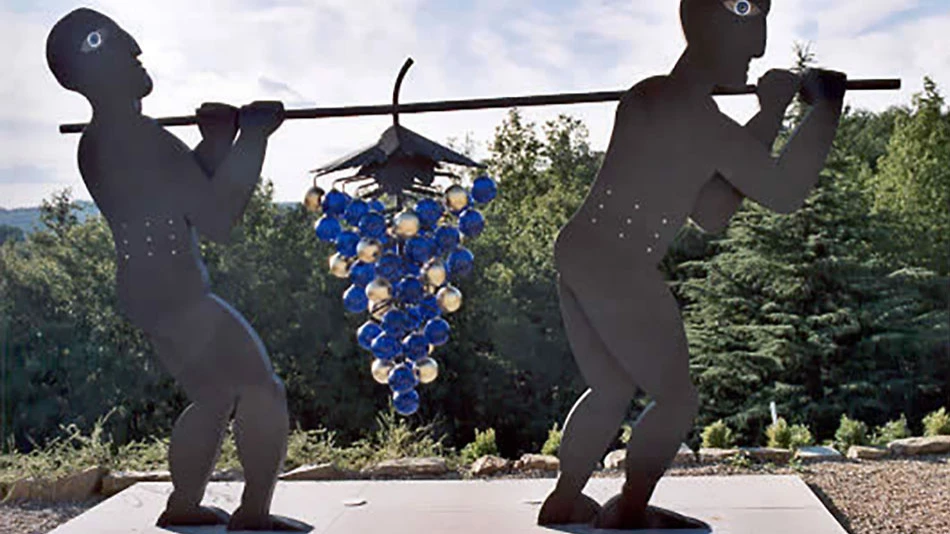
Producer
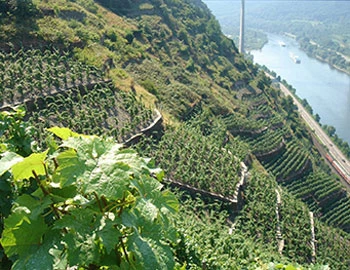
Heymann-Löwenstein / Fam. Löwenstein
Read more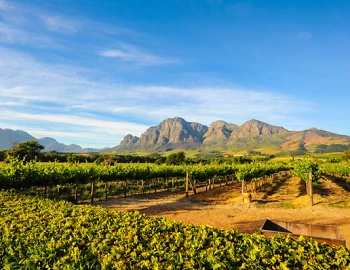
4G Wines
G. is set to become the Premier Cru or First Growth of the Cape – THE iconic wine of South Africa. Not because it builds on centuries of tradition and history – but the exact opposite, in fact.

Weingut Schloss Gobelsburg
The first written evidence of Schloss Gobelsburg dates from 1074, but it was in 1171 that the Cistercian monks from the Zwettl monastery obtained the first vineyards at Heiligenstein and at Gaisberg in the Kamptal. Visitors entering the baroque-style complex built on a slight mound sense this tradition, this spirit, this experience accumulated over the centuries. The view takes in all the surroundings, from the village of Gobelsburg to the vine-covered hills of Heiligenstein. Inside, near the parish church where couples say yes for life, when the weather is pleasant, the pretty and romantic garden invites all to rest for a while.

